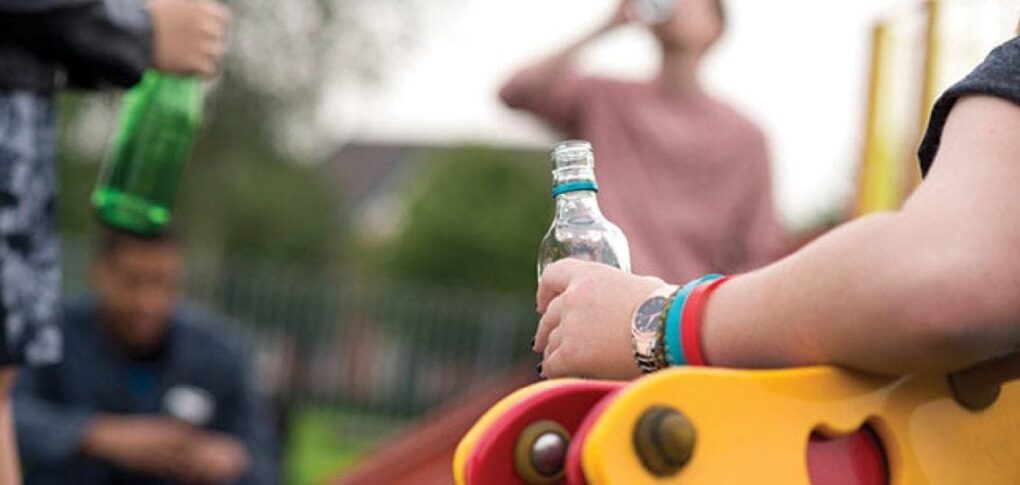Underage drinking is a global challenge that requires innovative strategies tailored to different cultural and societal contexts. Various countries have implemented successful programs and policies to address this issue, offering valuable lessons that can be adapted and applied elsewhere.
Community-Based Approaches
Community-based initiatives are effective in curbing underage drinking by fostering a sense of collective responsibility. Iceland, for instance, has seen significant success with its community-focused model. “The Icelandic Model combines curfews, after-school programs, and parental engagement to reduce youth alcohol consumption,” explains public health researcher Dr. Anna Jónsdóttir. By involving parents, schools, and community organizations, this model has drastically reduced the prevalence of underage drinking.
Similarly, in New Zealand, the “Community Action on Youth and Drugs” (CAYAD) program emphasizes local involvement in developing strategies to prevent substance abuse. “CAYAD’s success lies in its grassroots approach, which tailors interventions to the specific needs and dynamics of each community,” says Dr. Mark Williams, a sociologist specializing in youth behavior.
School-Based Education Programs
Educational initiatives within schools are another crucial strategy. Finland’s “Strengthening School Culture” program integrates alcohol education into the broader curriculum, focusing on life skills and resilience. “By teaching students about the risks of alcohol in a broader educational context, we empower them to make informed decisions,” notes Finnish educator Sari Laine. This comprehensive approach helps students understand the long-term consequences of alcohol use.
In the United States, the “LifeSkills Training” program, which is widely implemented in schools, has been shown to reduce alcohol use among students. “LifeSkills Training provides students with practical skills to resist peer pressure, enhance self-esteem, and develop healthy coping mechanisms,” explains Dr. Gilbert Botvin, the program’s developer. This skills-based approach is particularly effective in preventing the initiation of alcohol use among young people.
Legislation and Policy Measures
Strict enforcement of legal drinking ages and regulations on alcohol sales are fundamental components of reducing underage drinking. In Sweden, the government has implemented strict age verification laws and limits on alcohol advertising. “Sweden’s stringent alcohol policies have contributed to lower rates of underage drinking, as they restrict youth access to alcohol,” says policy analyst Karin Svensson.
Australia has also adopted robust legal measures, including “secondary supply” laws that make it illegal for adults to provide alcohol to minors. “These laws send a clear message about the responsibilities of adults in preventing underage drinking,” notes Australian legal expert John Harrison. Such policies are supported by public awareness campaigns that educate the community about the risks and legal implications of supplying alcohol to minors.
Technological Innovations
Technological solutions are increasingly being used to prevent underage drinking. In Japan, for example, vending machines equipped with facial recognition technology prevent underage purchases of alcohol. “This technology adds an extra layer of verification, ensuring that only those of legal drinking age can buy alcohol,” explains Dr. Hiroshi Nakamura, a technology researcher.
In the United Kingdom, digital tools like age verification apps are used by retailers to confirm the age of customers purchasing alcohol online. “These apps enhance compliance with age restrictions and reduce the likelihood of underage access to alcohol,” says digital strategist Emily Brown. By leveraging technology, governments and businesses can more effectively enforce drinking age laws and protect young people from the harms of alcohol.
Peer and Youth-Led Initiatives
Engaging young people directly in the prevention of underage drinking is another innovative approach. Peer-led programs, such as the “Youth in Iceland” initiative, encourage young people to take an active role in promoting healthy lifestyles among their peers. “Peer influence is a powerful factor in youth behavior, and programs that harness this influence can be very effective,” notes psychologist Dr. Emma Green.
In the United States, the “Students Against Destructive Decisions” (SADD) organization empowers students to lead discussions and activities focused on preventing alcohol use. “By involving students in the leadership of prevention programs, we create a sense of ownership and accountability,” says SADD coordinator Maria Lopez. This peer-driven model fosters a supportive community environment where young people feel empowered to make positive choices.
Reducing underage drinking requires a multifaceted approach that combines community involvement, education, legislation, technology, and peer engagement. The experiences of different countries highlight the importance of culturally and contextually appropriate strategies. As public health expert Dr. Anna Jónsdóttir aptly summarizes, “Successful prevention of underage drinking depends on a comprehensive, collaborative effort that involves all sectors of society.” By learning from these diverse strategies, other countries can develop and implement effective measures to protect young people from the risks associated with alcohol consumption.
